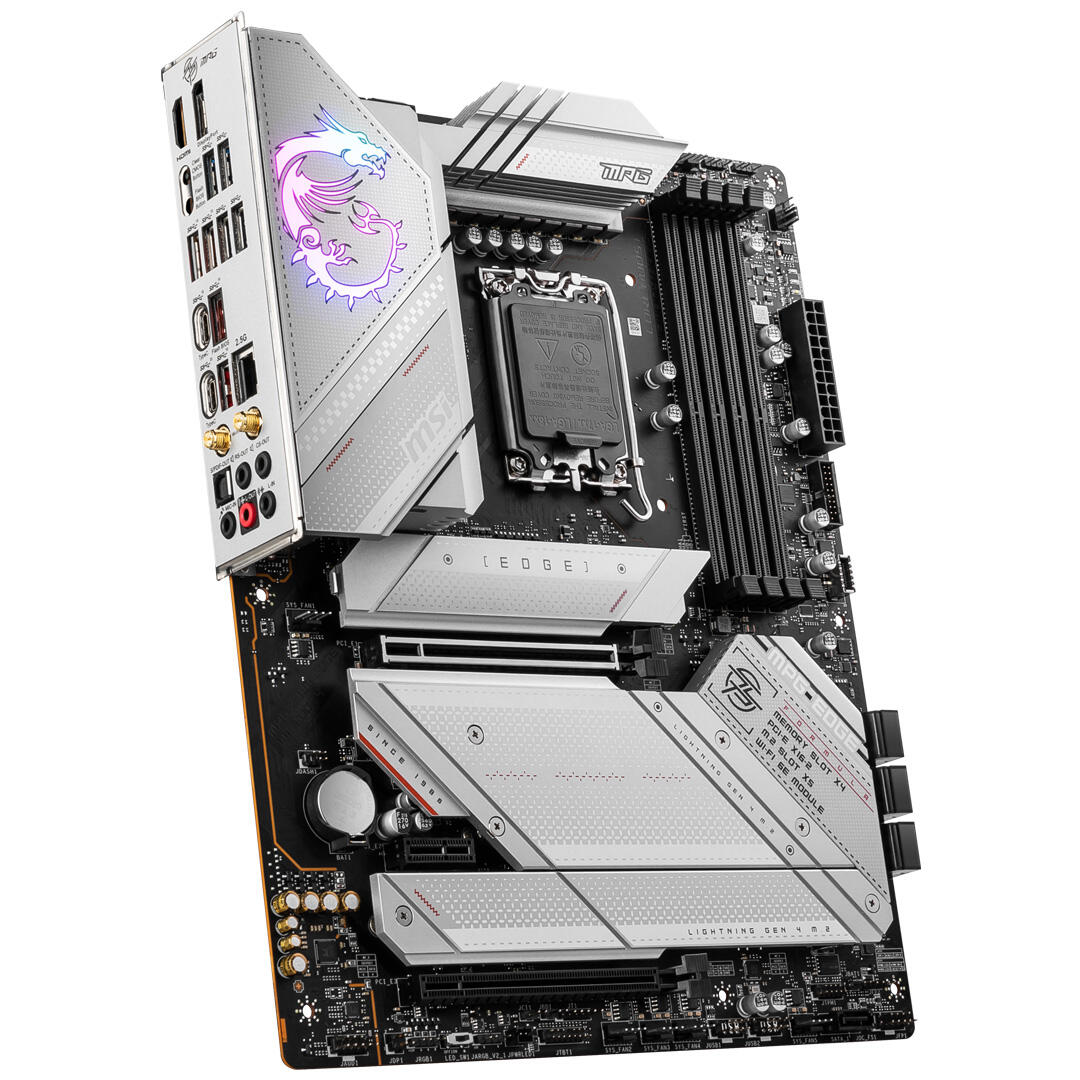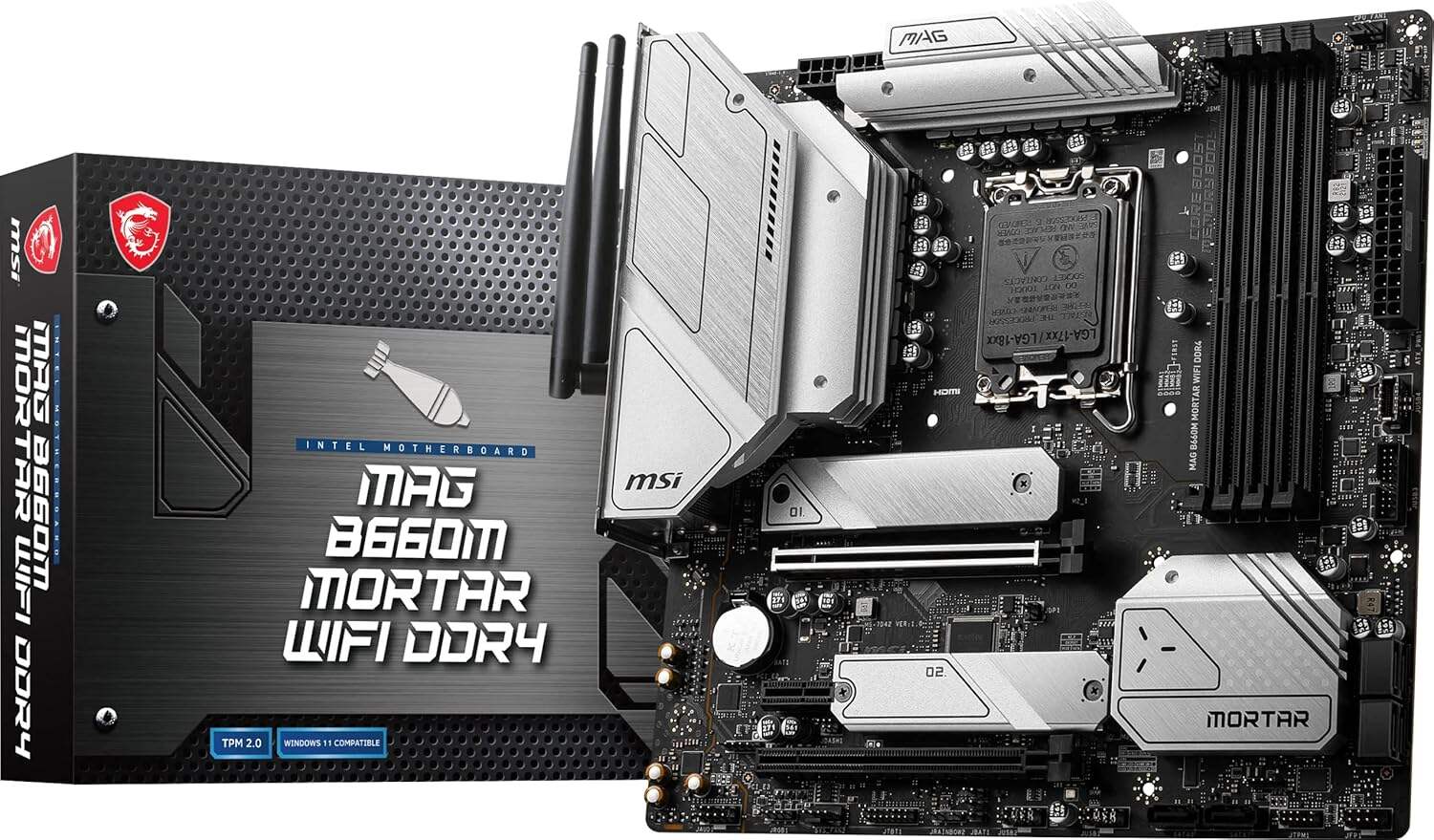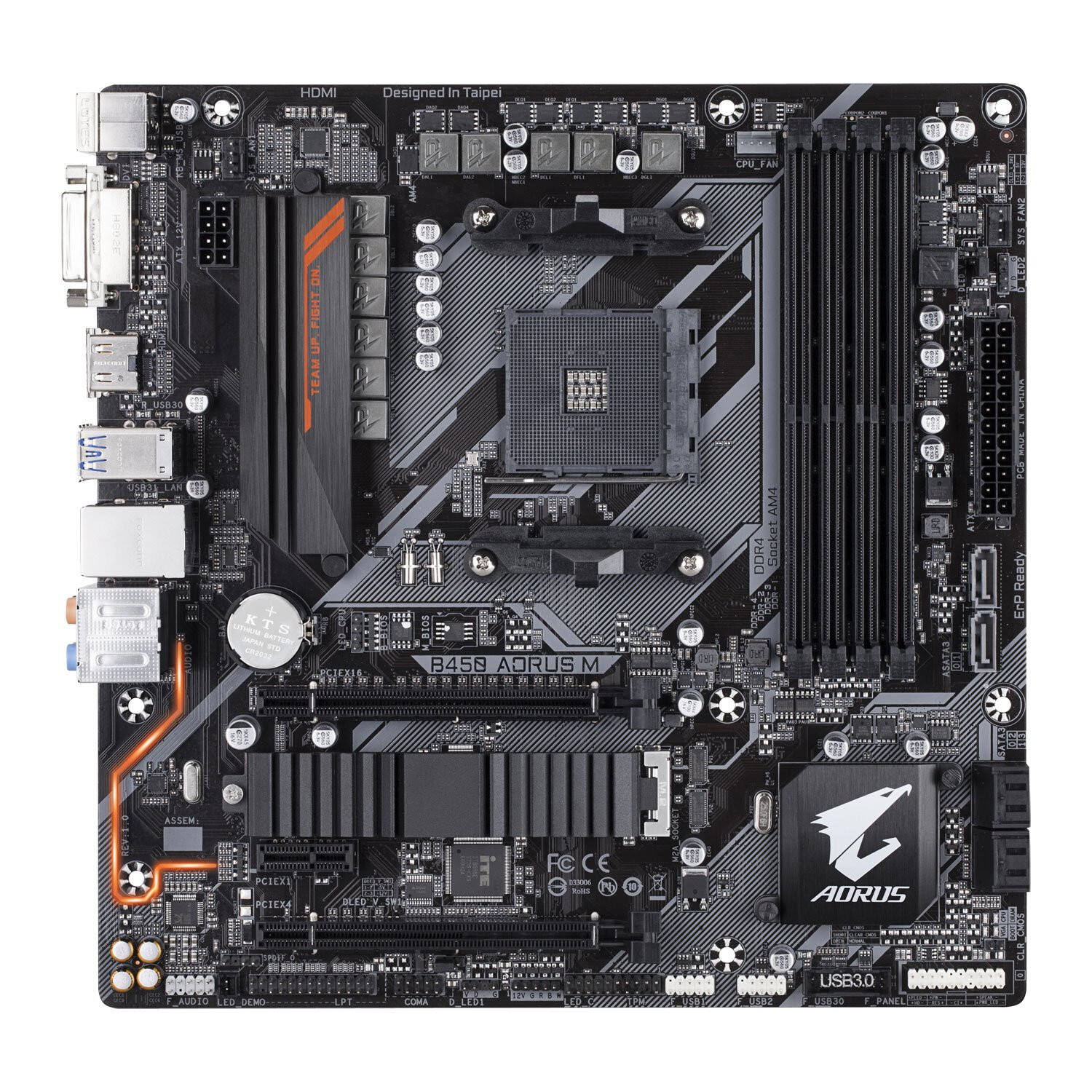Płyta główna DDR4 pozostaje praktyczną i opłacalną opcją dla użytkowników budujących systemy klasy średniej, dla których priorytetem jest przystępna cena bez utraty wydajności. Obsługując czwartą generację pamięci Double Data Rate, te płyty główne są kompatybilne z platformami Intel LGA 1151/1200 oraz AMD AM4/AM5 (przez wsparcie hybrydowe), co czyni je idealnym wyborem do budowy komputerów do gier w ramach ograniczonego budżetu, pracy biurowej oraz tworzenia treści na poziomie wstępnym. DDR4 oferuje dojrzałe ekosystem z stabilną wydajnością i szerokim wachlarzem opcji pamięci, począwszy od modułów budżetowych o częstotliwości 2400 MT/s aż po zestawy z taktowaniem 4800 MT/s. Mimo że jest wolniejsza niż DDR5, DDR4 nadal wystarczy do większości zastosowań: 16 GB pamięci DDR4-3600 radzi sobie z grami w rozdzielczości 1080p, wielozadaniowością, a nawet edycją wideo w rozdzielczości 4K, pod warunkiem użycia wydajnej karty graficznej. Płyty główne wykorzystują to poprzez zoptymalizowane kontrolery pamięci, wspierając profile XMP do łatwego taktowania oraz konfiguracje dwukanałowe, maksymalizując przepustowość. Kompatybilność to kluczowa zaleta. Płyty główne DDR4 współpracują ze starszymi procesorami (np. Intel i5-10400F, AMD Ryzen 5 5600X), umożliwiając użytkownikom ponowne użycie istniejących komponentów lub zbudowanie sprawnej maszyny przy ograniczonym budżecie. Oferują również mieszankę nowoczesnych i starszych funkcji: gniazda PCIe 4.0 do kart graficznych i dysków NVMe SSD, porty USB 3.2 Gen 2 oraz wsparcie Wi-Fi 6 w modelach średniej klasy, co zapewnia, że nie wydają się przestarzałe. Wspierane są różne formaty, od pełnego ATX po Mini-ITX, co pozwala na tworzenie zarówno rozbudowanych komputerów stacjonarnych, jak i kompaktowych HTPC. Płyty główne DDR4 w niższej cenie (np. MSI B550M PRO-VDH WiFi) oferują podstawowe funkcje, takie jak HDMI 2.1, Gigabit Ethernet i gniazda M.2, podczas gdy modele średniej klasy (np. ASUS TUF Gaming Z590-PLUS) posiadają zaawansowane chłodzenie VRM, gniazdo PCIe 4.0 x16 oraz Ethernet 2,5 Gbps, co poprawia wydajność w grach. Dostawa mocy została zoptymalizowana dla procesorów bez możliwości taktowania lub z umiarkowanym taktowaniem, z konstrukcjami VRM od 6+2 faz w modelach budżetowych do 12+2 faz w modelach premium (np. ASUS ROG Strix Z590-E), wspierając nawet najbardziej zaawansowane procesory Ryzen 9 czy Core i9. Rozwiązania termiczne, takie jak pasywne radiatory VRM czy wentylatory chipsetu, gwarantują stabilną pracę przez dłuższy czas użytkowania. Choć płyty główne DDR4 nie oferują przyszłościowości DDR5, doskonale sprawdzają się pod względem wartości i niezawodności. Są idealne dla użytkowników, którzy nie potrzebują najwyższej możliwej wydajności, takich jak gracze okazjonalni, studenci czy małe firmy, a także zapewniają płynną ścieżkę aktualizacji dla tych, którzy w przyszłości przejdą na DDR5. Dzięki szerokiemu wachlarzowi opcji dostępnych od producentów takich jak Gigabyte, ASRock czy ASUS, płyty główne DDR4 pozostają podstawowym elementem społeczności budujących komputery, dowodząc, że wydajność i przystępność cenowa mogą iść w parze.


